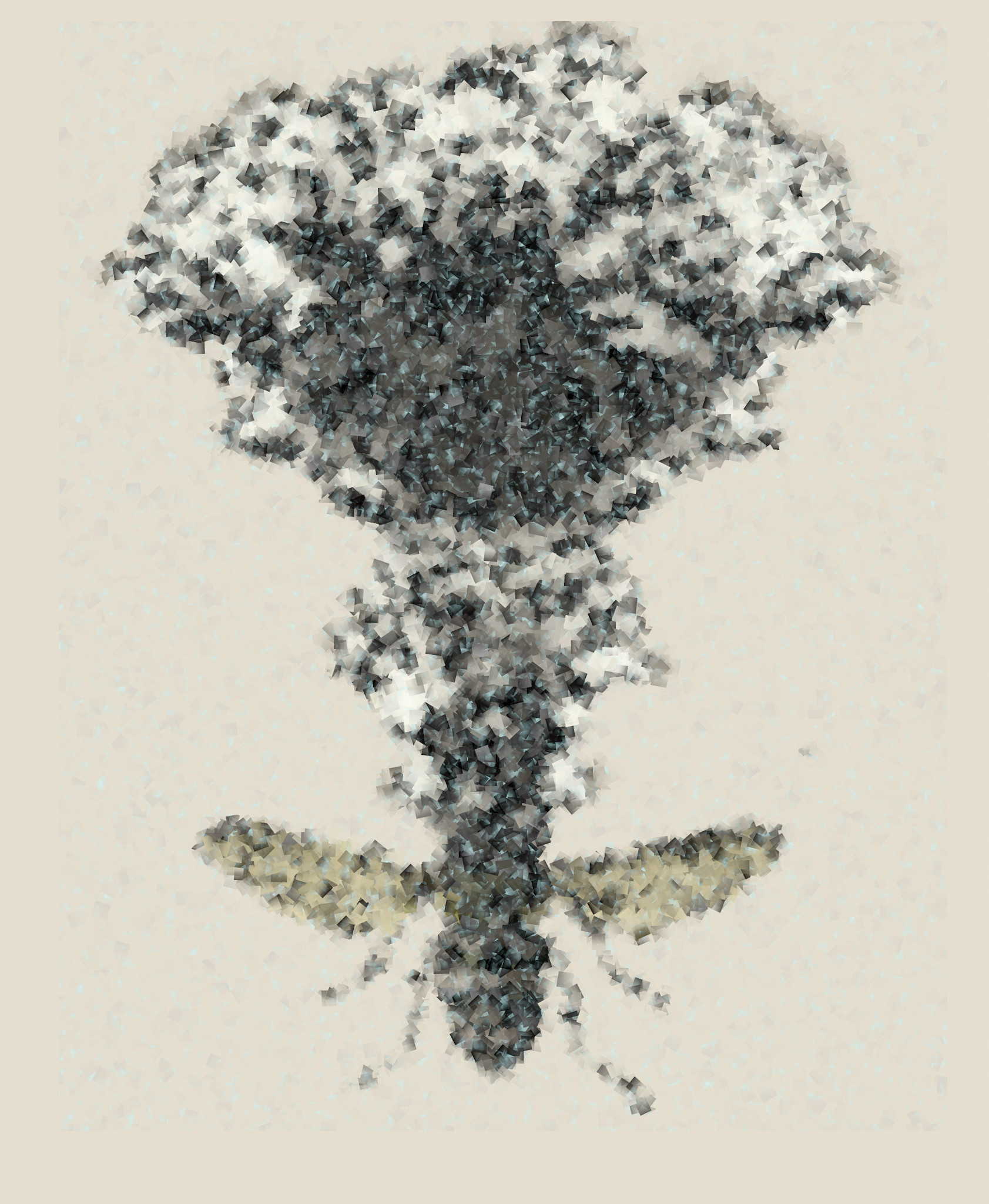Science Tasker
How might we harness the power of the everyday citizen to conduct ongoing scientific research which has been hindered by constraints on travel due to COVID-19
Go to Challenge | 11 teams have entered this challenge.

citi-zen scientists
ZenSci aims to introduce budding citizen scientists into the compelling and understudied world of entomology and biological diversity. Using a location based mobile app the users will gather data on perhaps the most critical ecosystem engineers, largely responsible for food production, soil, air quality and the decomposition of organic material, insects.
The platform will use relevant API's and open biodata platforms to compare and validate citizen data against professionally gathered data. The results will provide localised biological insights and predictions for farmers, gardeners, climate scientists and policy makers. When paired with soil and water test results the application will help fill the gap in our understanding of rapid biological changes to climate variations including the destabilising effects prior to bush fires. propagation of information within the biosphere is for the most part an untapped informational resource. Eventually enough data and intelligent unsupervised learning algorithms might provide insight into the probability of negative climate events for specific geographic areas.
The goal of the project is to use open source data from Openmaps, Atlas of Living Australia and BioCollect community science application/databse to host and process the contributions to ZenSci. ZenSci will act as an alternate version of ALA initially but with features unique to its internal reward system. ZenSci will gradually pool open data sets from the body of Australian Entomological research with the long term goal of improving climate/infestation/agricultural predictions for all Australians. The gap in the research is the scope of collecting enough localised data, but by utilising citizen scientists and data already being created but not used (dashcam and gopro footage) ZenSci hopes to address this issue in part through machine learning image classifiers (supervised learning) for pest/beneficial insect identifications. More advanced unsupervised models could in theory aid the prediction of rapid ecosystem changes such as extreme weather events, top soil erosion/health, strange communal migratory patterns and even bushfires as the biosphere will be the first system to react to fire changes before and during bushfires. These predictions might one day help policy makers take rapid action in the face of an increasingly variable environment.
Description of Use Different countries have different levels of allowable pesticide residues on food. Data could be used to find trends between a countries policy position on insecticides and the relative health of insect populations within these regions.
Description of Use Correlate changes in vegetation observed with insect numbers and species present. Terrestrial and freshwater insects play large roles in stabilising vegetative areas. Data collected would provide insight into what stabilises and destabilises remaining vegetation.
Description of Use Correlate observed ecological changes with relevant insect population and diversity metrics.
Description of Use Images used to assess ecological habitats for signs of insect population growth or decline within Australia.
Description of Use Data on the surrounding environment especially soils data could be used to supplement and help draw conclusions from collected insect data.
Description of Use Utilise data on organic pollutants or other contaminants with the potential for negatively impacting insects and correlate that with data observed in the field with the goal of finding contamination hotspots or understanding observed levels of insect decline.
Description of Use Utilise data to correlate information relating to insect abundance, biomass or diversity.
Description of Use Invasive plant species are related to pest insect population data, and will be culminated to make more accurate ecological predictions.
Description of Use This data set is used within the project to store and retrieve sightings of insects.
Go to Challenge | 11 teams have entered this challenge.
Go to Challenge | 18 teams have entered this challenge.
Go to Challenge | 12 teams have entered this challenge.
Go to Challenge | 14 teams have entered this challenge.
Go to Challenge | 8 teams have entered this challenge.